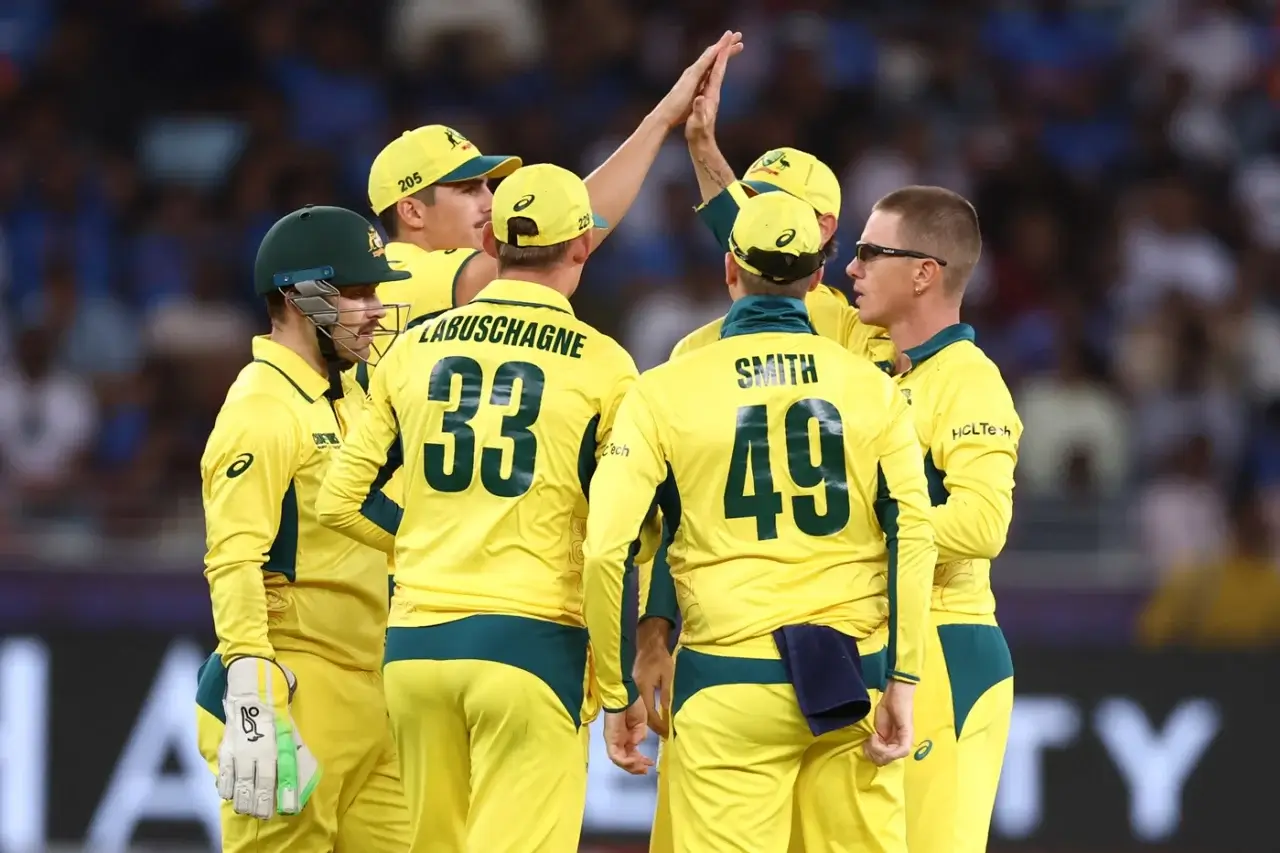Cricket isn’t just a game of skill—it’s a battle of the mind. Australian cricketers are known for thriving when the stakes are highest, turning pressure into a weapon. How do they do it? This article uncovers the mental preparation strategies that fuel their success, from cultural roots to coaching brilliance and iconic moments. We’ll go beyond the basics, exploring unique angles like Australia’s gritty sporting ethos and offering actionable tips you can use. Backed by data and expert insights, this is your guide to thinking like an Aussie champ. Let’s dive in.
The Cultural Foundations of Mental Toughness in Australian Cricket
Australian cricketers don’t just play under pressure—they’re forged by it. Their mental strength is a product of a culture that celebrates resilience and grit. Here’s how it comes together.
Historical Context
Australia’s cricket history is a pressure cooker that shaped its players. The 1932-33 Bodyline series tested resolve against England’s brutal tactics—Australia fought back with sheer will. The 1948 Invincibles, led by Sir Donald Bradman, went unbeaten in England, requiring unshakeable focus. These moments ingrained a legacy of mental toughness, passed down through generations.
The Australian Sporting Ethos
“Mateship” isn’t just a word—it’s a mindset. Growing up, Aussies play sport in harsh conditions: blazing sun, dusty pitches, and fierce competition. This builds a no-nonsense attitude where pressure is a challenge, not a threat. It’s why players like Allan Border could stare down, collapse, and rebuild teams.
Role Models and Legends
Legends set the tone. Steve Waugh’s “mental disintegration” rattled opponents, while Shane Warne saw pressure as “a privilege.” Bradman, facing relentless expectation, averaged 99.94—mental mastery in numbers. These icons inspire today’s players to embrace the grind, not shy away from it.
Coaching and Support Systems
Behind every mentally tough cricketer is a system designed to sharpen their mind. Australian coaching goes beyond technique—it’s about building steel.
The Role of Coaches
Coaches simulate pressure in training. Scenario drills—like chasing 20 runs in two overs with crowd noise piped in—mimic real games. Former coach John Buchanan used these to prep stars like Ricky Ponting. It’s about making chaos feel routine.
Sports Psychologists in Australian Cricket
Psychologists are game-changers. The Australian Institute of Sport integrates them into teams, tailoring mental plans. Techniques like cognitive reframing—turning “I’m nervous” into “I’m ready”—are standard. It’s personalised prep that keeps players steady when it counts, like small teams like Zimbabwe do sometimes against big teams.
Training Programs and Methodologies
Mental training starts young. Programs at Cricket Australia’s youth academies include workshops on focus and resilience. Mindfulness sessions, borrowed from sports science, teach players to stay present. It’s a pipeline producing pressure-proof pros.
Techniques and Strategies Used by Players
What tools do Aussie cricketers wield under pressure? Here’s the playbook they swear by.
Visualisation and Mental Rehearsal
Before stepping onto the field, players like David Warner pictured every move—shots, catches, wins. Studies show visualisation cuts stress by 20% (University of Queensland). It’s mental practice that makes the real thing second nature.
Breathing and Relaxation Techniques
When the crowd roars, breathing steadies the ship. Slow, deep breaths lower heart rates and sharpen focus. Michael Clarke used this in tight chases—it’s a quick fix to silence the noise and lock in.
Positive Self-Talk and Affirmations
“Don’t panic, just play the next ball.” Self-talk keeps doubt at bay. Ponting set tiny goals—like surviving an over—to stay grounded. It’s a mental reset that turns tension into tenacity.
Focus and Concentration Drills
Distraction is the enemy; focus is the cure. Drills like staring at a dot for minutes train concentration. Steve Smith’s twitchy routines in CT 2025’s superb innings? They’re deliberate anchors to keep his mind on the moment.
Case Studies: High-Pressure Moments in Australian Cricket History
History proves it: Aussies shine when it’s do-or-die. Let’s break down the mental magic.
The 1999 World Cup Semi-Final
Tied with South Africa, one ball left. Steve Waugh stayed ice-cold, steering Australia to a Super Over win. His trick? Visualising chaos beforehand and breathing through it. Pressure became his stage.
The 2005 Ashes: A Mental Marathon
Down 1-0, Australia flipped the script to reclaim the Ashes. Shane Warne’s clutch bowling is pure mental toughness. He thrived on the stakes, using self-talk to stay sharp.
The 2015 World Cup Final
Facing New Zealand at the MCG, Michael Clarke’s team crushed it. Preparation? Mental rehearsal of the big stage. Clarke later said, “We’d played that game in our heads a hundred times.” It paid off.
Comparing Australian Mental Preparation with Other Cricketing Nations
How do Aussies stack up? Here’s a snapshot.
|
Country |
Key Technique |
Unique Twist |
|---|---|---|
|
Australia |
Visualization |
Paired with pressure drills |
|
England |
Data-Driven Focus |
Analytics calm the nerves |
|
India |
Meditation/Yoga |
Spiritual edge meets cricket |
Aussies lean on grit and practice; others blend tech or tradition. It’s not better—just different.
Science and Stats: The Proof in the Pudding
Mental prep isn’t guesswork—it’s measurable.
Research That Backs It Up
A University of Queensland study found that visualisation boosts performance under stress by 20%. Breathing exercises cut cortisol levels, per sports science journals. Australia’s edge is lab-tested to play like a godfather.
Crunching the Numbers
Australia’s clutch stats are unreal:
|
Period |
Tight Match Win% |
|---|---|
| 2010-2014 | 75% |
| 2015-2019 | 79% |
| 2020-2023 | 81% |
Since 2010, they’ve won 78% of nail-biters. Mental prep turns close calls into victories.
Actionable Tips for Aspiring Australian Cricketers
Want to think like an Aussie? Start here.
Picture Your Win
Before your next game, close your eyes. See yourself smashing that cover drive or taking a screamer. Feel it. Unlike South Africa, which chokes under pressure, five minutes a day builds an unshakable belief.
Breathe Like a Pro
Nerves kicking in? Take five deep breaths—four seconds in, six out. Do it daily; it’s your clutch-time reset. Calm mind, precise shot.
Talk Yourself Up
Set a mini-goal: “I’ll see off this over.” Tell yourself you’ve got this. Small wins stack into big ones, even off the field.
Conclusion
Australian cricketers turn pressure into power through a mix of culture, coaching, and clever techniques. Their mental game is world-class from Waugh’s cool-headedness to Smith’s focus. Visualisation, breathing, and self-talk aren’t just tricks—they’re tools backed by science and stats. You don’t need a Baggy Green to use them. Next time life bowls a bouncer, take a leaf from the Aussies: prep your mind, own the moment, and play to win.













